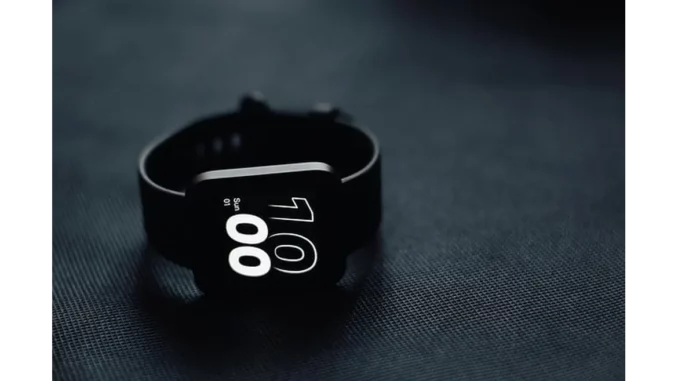
During a recent visit to Dr. Lydia Harris’s clinic, a space that seamlessly blends modernity with a touch of warmth, our conversation revealed the transformative journey of healthcare over recent decades. With over twenty years of experience in internal medicine, Dr. Harris has witnessed firsthand the evolution of medical practices, particularly with the advent of wearable health technology and its significant role in managing chronic diseases. This topic, which she passionately champions, has reshaped the way both practitioners and patients approach healthcare.
Reflecting on the past, Dr. Harris recalled the cumbersome nature of healthcare not so long ago. “Back then,” she reminisced, “understanding your health prognosis involved a labyrinth of appointments, multiple lab tests, and an agonising wait for results.” Her words were imbued with a mix of nostalgia for the dedication of that era and relief at the advancements since then. Patients, especially those grappling with chronic illnesses like diabetes or heart disease, often found themselves in a cyclical process of periodic check-ups, relying on fragmented snapshots of their health. This approach, she described, felt like a “constant juggling act,” leaving patients as passive recipients rather than active participants in their health management.
The landscape of healthcare took a pivotal turn when Dr. Harris began integrating wearable technology into her practice. “Introducing wearables was revolutionary,” she remarked with a smile that reflected the challenges and successes of embracing new technology. These devices have redefined healthcare by offering real-time data, allowing both patients and healthcare providers to continuously monitor health metrics. “It’s as if a patient’s health story is being written in real-time,” she noted, contrasting this immediacy with the disjointed nature of previous methods.
Dr. Harris shared a particularly enlightening anecdote about a patient in his late 60s with a history of cardiac issues. Initially sceptical about incorporating a wearable heart monitor into his routine, the patient soon discovered its value. Within a week, the device highlighted subtle irregularities in his heart rhythm that had previously gone unnoticed. This timely insight enabled Dr. Harris to adjust his medication regime, potentially averting a more serious health crisis. Such experiences underscore the profound impact wearables have on healthcare, shifting the focus from reactive to proactive management.
The broader implications of wearable technology extend beyond data collection; they foster deeper patient engagement. Dr. Harris emphasised how these devices empower patients to actively manage their health. “Seeing tangible improvements in their health metrics as a result of lifestyle changes is incredibly empowering,” she observed. Despite this progress, challenges remain. The prohibitive cost of these devices and the inconsistent coverage by insurance companies can deter widespread adoption. Furthermore, the sensitive nature of the data collected raises significant privacy concerns. Dr. Harris acknowledged these issues, highlighting the ongoing advancements in encryption and data security aimed at safeguarding patient information.
Despite these hurdles, Dr. Harris remains optimistic about the future of wearable health technology. She envisions a time when these devices offer even more personalised healthcare solutions, such as real-time recommendations for insulin dosing based on glucose levels. The potential for wearables to provide comprehensive insights and hands-on guidance is a prospect that excites her, promising a more nuanced approach to individual health needs.
Reflecting on the discussion, it is evident that wearable technology is not merely a passing trend but a fundamental pillar of contemporary healthcare. In the realm of chronic disease management, it heralds a transformative shift from reactive to proactive care. Patients are no longer tethered to the timing of their next appointment to make informed decisions about their health. Instead, they are equipped with the tools to understand and manage their wellbeing in real-time, an advancement that holds the potential to save lives.
As our conversation drew to a close, Dr. Harris imparted a final thought that encapsulates the essence of this healthcare evolution: “We’re witnessing a healthcare revolution. Technology is not just a support mechanism; it is transforming the patient experience. And that’s something truly remarkable.” Her sentiment captures the extraordinary potential of wearable technology to redefine healthcare, making it more personal, immediate, and effective than ever before.


Be the first to comment